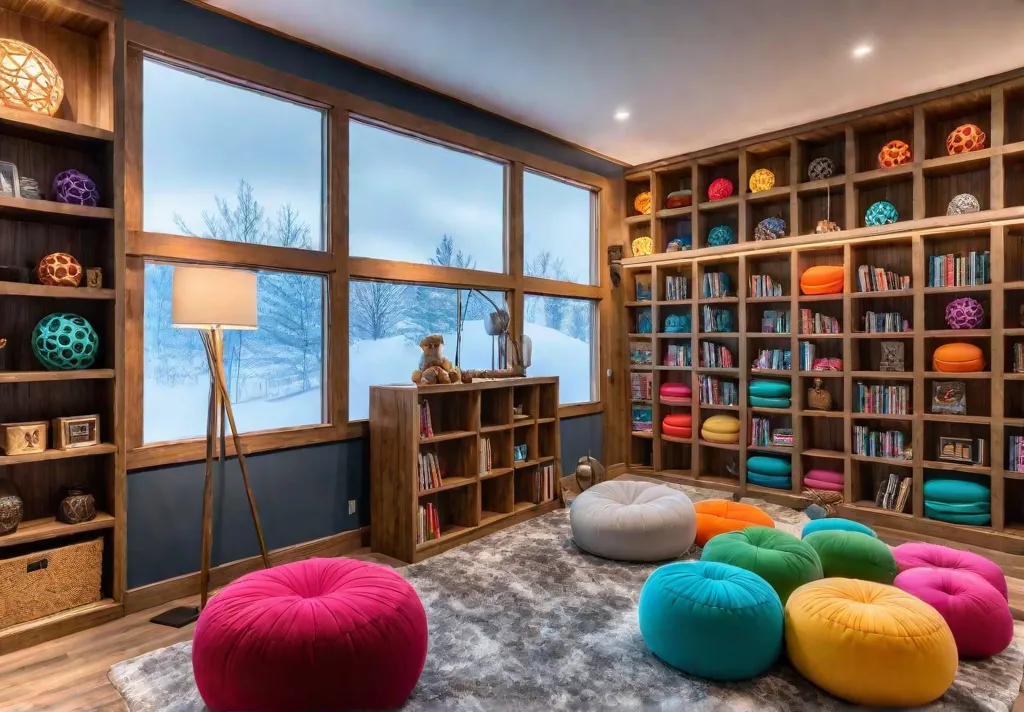Imagine a space where imagination knows no bounds, where every corner sparks curiosity and wonder. A place where your child’s creativity can soar, fueled by the magic of DIY projects that transform ordinary spaces into extraordinary realms of play.
In today’s fast-paced world, creating a dedicated playroom for children has become a luxury many families struggle to afford. Yet, the value of play in fostering cognitive, physical, and emotional development cannot be overstated. It’s a realm where children learn, grow, and shape their understanding of the world.
This article will guide you through five captivating DIY playroom projects that will not only ignite your child’s imagination but also save you money. From cozy reading nooks to daring climbing walls, each project promises to be a labor of love that will create cherished memories for years.
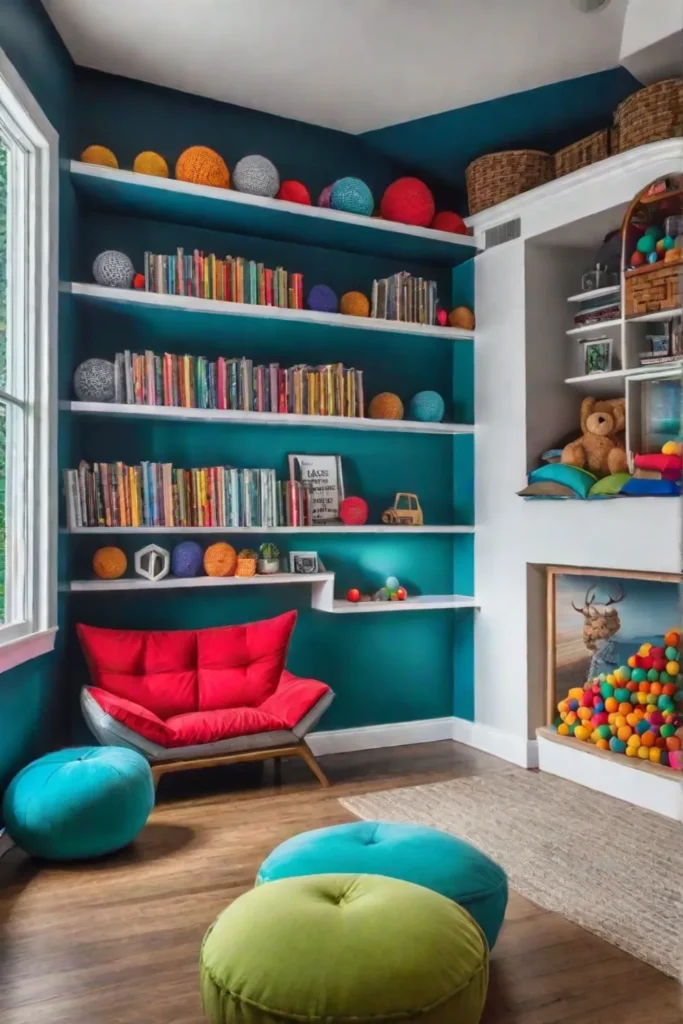
By embracing the power of DIY, you’ll create a personalized and engaging space for your little ones and instill in them a sense of pride and ownership. These projects will serve as a canvas for their creativity, allowing them to leave their unique mark on their play-haven.
We’ll explore the whimsical world of reading nooks, the thrilling challenge of climbing walls, the enchanting realm of puppet theaters, the sensory delight of ball pits, and the artistic expression of DIY art stations. Each project caters to different developmental needs while fostering a love for learning, exploration, and self-discovery.
So, let’s embark on this exciting journey together and unleash the boundless potential of your child’s imagination through the magic of DIY playroom projects.
A Cozy Reading Nook: Where Stories Come Alive
A cozy reading nook can be a sanctuary for your child’s imagination to blossom in a world filled with digital distractions. Imagine a space where the pages of their favorite books come alive, transporting them to far-off lands and enchanting adventures.
Creating a dedicated reading nook fosters a love for literature and nurtures essential skills like concentration, vocabulary, and comprehension. It’s a place where your child can escape into the realms of fantasy, explore new ideas, and develop a lifelong passion for reading.
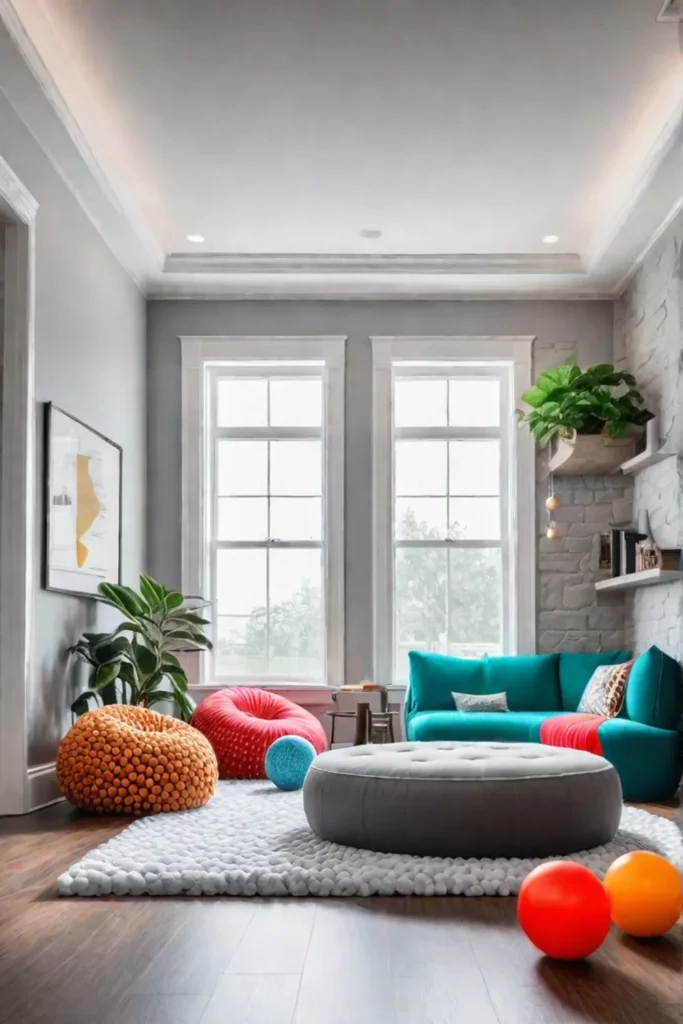
When designing your DIY reading nook, consider the following elements:
- Location and Layout: Choose a quiet corner or nook that offers a sense of seclusion and comfort. Maximize the available space by incorporating built-in shelves, window seats, or cozy alcoves.
- Furniture and Seating: Invest in plush beanbags, oversized floor cushions, or a child-sized armchair that invites your little one to snuggle up with a book. Incorporate low shelves or baskets to store their ever-growing collection of books within easy reach.
- Book Display and Storage: Get creative with book displays by repurposing old crates, ladders, or hanging baskets. The showcasing book covers and titles make the space visually appealing and encourage exploration.
- Personal Touches: Add whimsical touches like fairy lights, cozy blankets, and nature-inspired decor to create a warm and inviting atmosphere. Please encourage your child’s participation by allowing them to contribute artwork or personalized touches that reflect their interests.
Imagine the delight on your child’s face as they curl up in their cozy reading nook, lost in the pages of a beloved tale. The soft glow of fairy lights casts a magical spell, and the scent of freshly turned pages fills the air. It’s a moment of pure bliss, where the world outside fades away, and the only thing that matters is the adventure unfolding within the pages of their book.
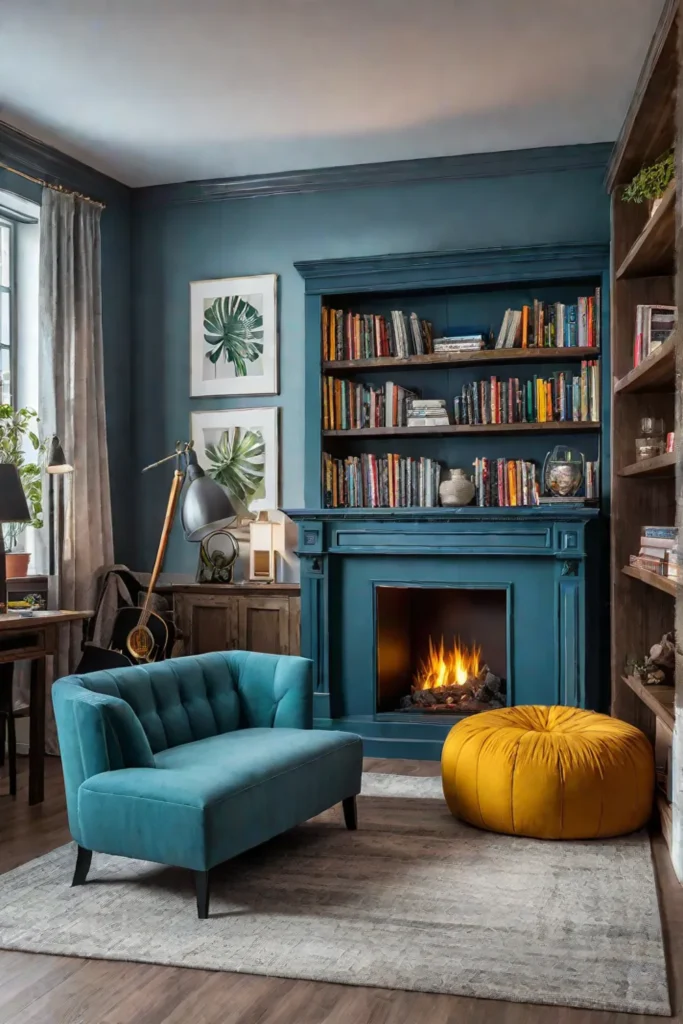
With a little creativity and some DIY magic, you can transform an ordinary corner into a reading nook that will ignite your child’s love for literature and foster a lifelong appreciation for the written word.
A Daring Climbing Wall: Conquering New Heights
Every child is an adventurer, yearning to conquer new challenges and push their physical boundaries. A DIY climbing wall in your playroom can be the ultimate playground for their daring spirits, fostering strength, coordination, and problem-solving skills.
Incorporating a climbing wall into your playroom encourages physical activity and helps develop essential cognitive abilities. As your child navigates the various routes and grips, they’ll learn to strategize, assess risks, and persevere through challenges – invaluable lessons that will serve them well beyond the playroom walls.
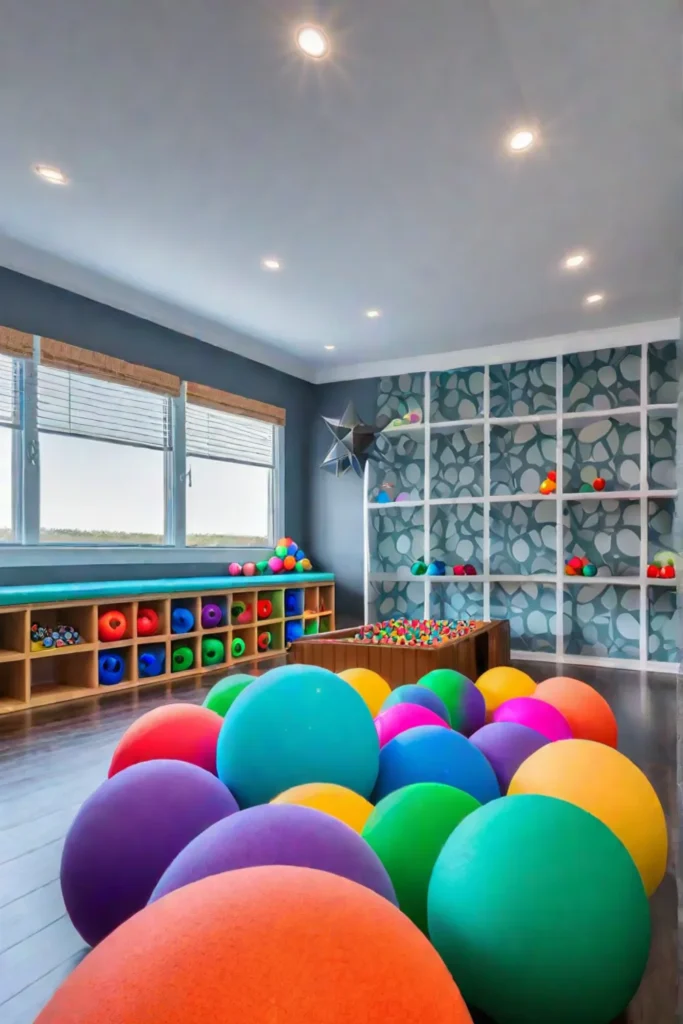
When constructing your DIY climbing wall, consider the following elements:
- Location and Size: Choose a suitable wall or corner that provides ample space for the climbing wall and a safe landing area. Consider the height and reach of your child to ensure a comfortable and challenging experience.
- Materials and Safety: Opt for durable materials like plywood or sturdy framing, incorporating rock climbing holds or textured surfaces for a secure grip. Prioritize safety by adding padding or cushions around the base and ensuring proper supervision during use.
- Difficulty Levels: Design the wall with varying difficulty levels to accommodate your child’s growing skills. Incorporate vertical and horizontal routes, overhangs, and color-coded grips to encourage problem-solving and cognitive development.
- Interactive Elements: Take the climbing experience to new heights by incorporating interactive elements like chalkboards, magnetic boards, or even hidden surprises along the routes to spark your child’s curiosity and imagination.
Picture your child beaming with pride as they conquer a challenging route, their muscles engaged and their determination unwavering. The sense of accomplishment on their face is priceless as they reach the summit, their confidence soaring to new heights. It’s a moment that teaches them the value of perseverance and the joy of overcoming obstacles, fueling their desire for future adventures.
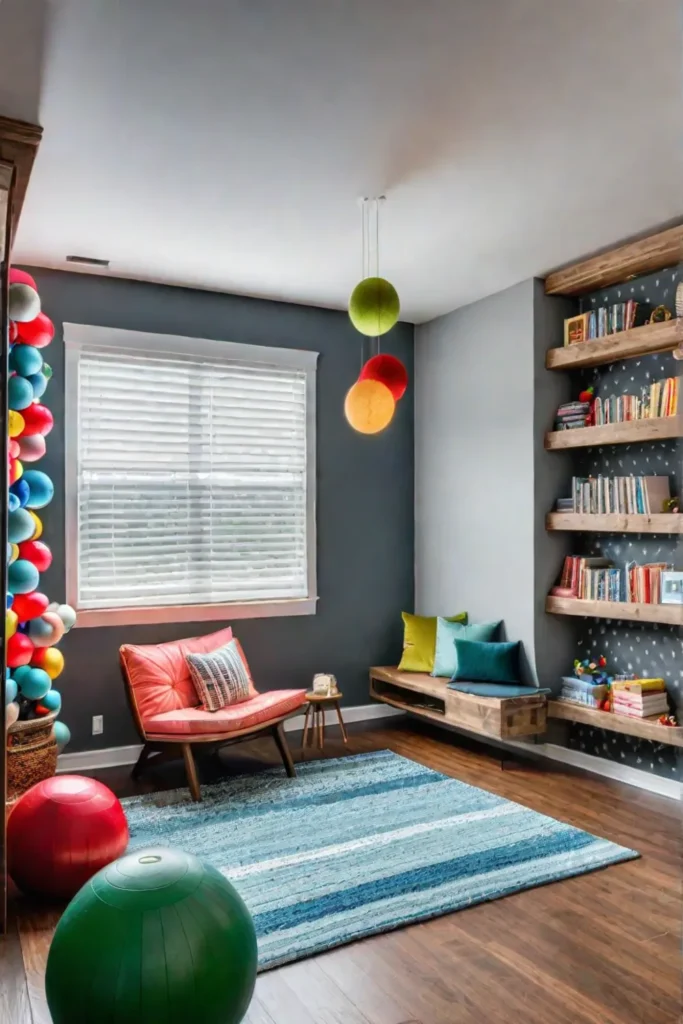
With a little elbow grease and a dash of DIY ingenuity, you can create a climbing wall that will keep your child physically active and nurture their cognitive and emotional development, one exhilarating climb at a time.
A Whimsical Puppet Theater: Storytelling Comes to Life
Storytelling takes center stage in childhood imagination. A DIY puppet theater in your playroom can be the perfect stage for your child’s creativity, fostering communication skills, self-expression, and a love for the performing arts.
Engaging in puppet theater activities encourages imaginative play and helps develop essential social and emotional skills. As your child breathes life into their puppet characters, they’ll learn to express emotions, navigate social situations, and hone their storytelling abilities – invaluable tools for building confidence and fostering empathy.
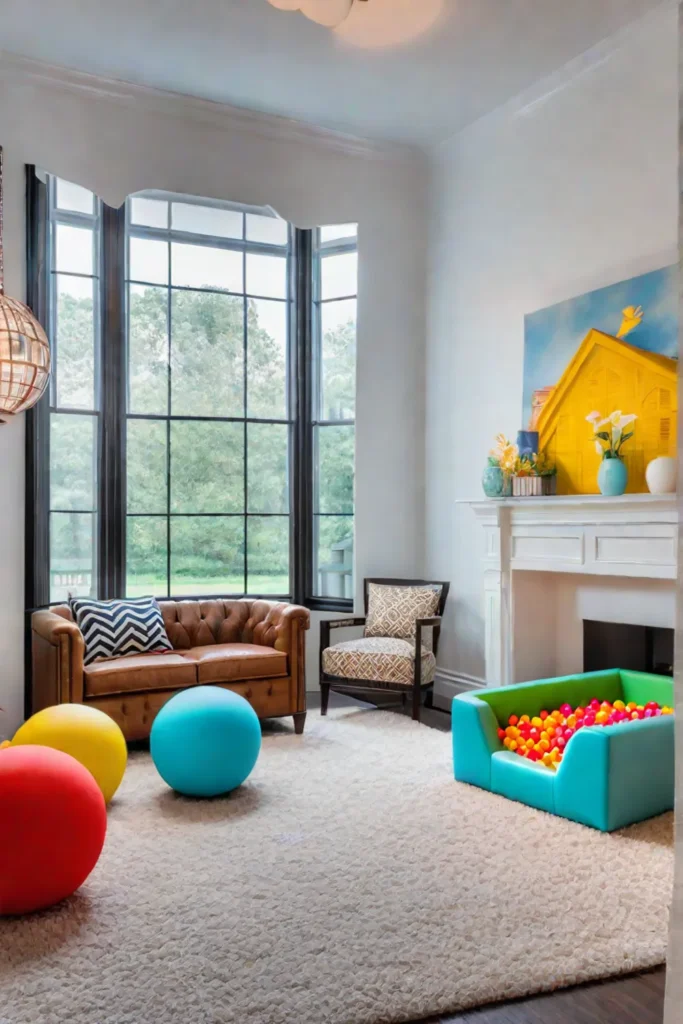
When crafting your DIY puppet theater, consider the following elements:
- Stage and Curtains: Transform a simple cardboard box or wooden frame into a captivating stage by adding curtains, backdrops, and decorative elements that spark your child’s imagination. Repurpose old fabrics, scarves, or bedsheets to create vibrant, whimsical curtains.
- Puppet Creation: Encourage your child’s creativity by involving them in puppet-making. Use simple materials like socks, paper bags, or popsicle sticks to craft unique characters, each with its personality and story.
- Props and Storage: Incorporate storage solutions like baskets or shelves to keep puppets and props organized and within easy reach. Encourage your child to create props, scenery, and backdrops, fostering their artistic expression and problem-solving skills.
- Interactive Elements: Take the puppet show experience to new heights by incorporating interactive elements like movable backdrops, sound effects, or even a dedicated seating area for the audience (stuffed animals, of course!).
Imagine the pure joy on your child’s face as they bring their puppet characters to life, their voices and gestures captivating the audience. The playroom transforms into a magical theater, where imagination reigns supreme, and every performance is a masterpiece. It’s a moment that teaches them the power of storytelling, the art of self-expression, and the joy of sharing their unique perspectives with the world.

With a little creativity and a touch of DIY magic, you can create a puppet theater that will spark your child’s imagination and nurture their social, emotional, and communication skills, setting the stage for a lifetime of storytelling adventures.
A Sensory Delight: The Ball Pit Playground
In childhood play, few experiences can match a ball pit’s sheer joy and sensory delight. Imagine a sea of vibrant balls, inviting your child to dive in, roll around, and let their senses run wild in a safe and engaging environment.
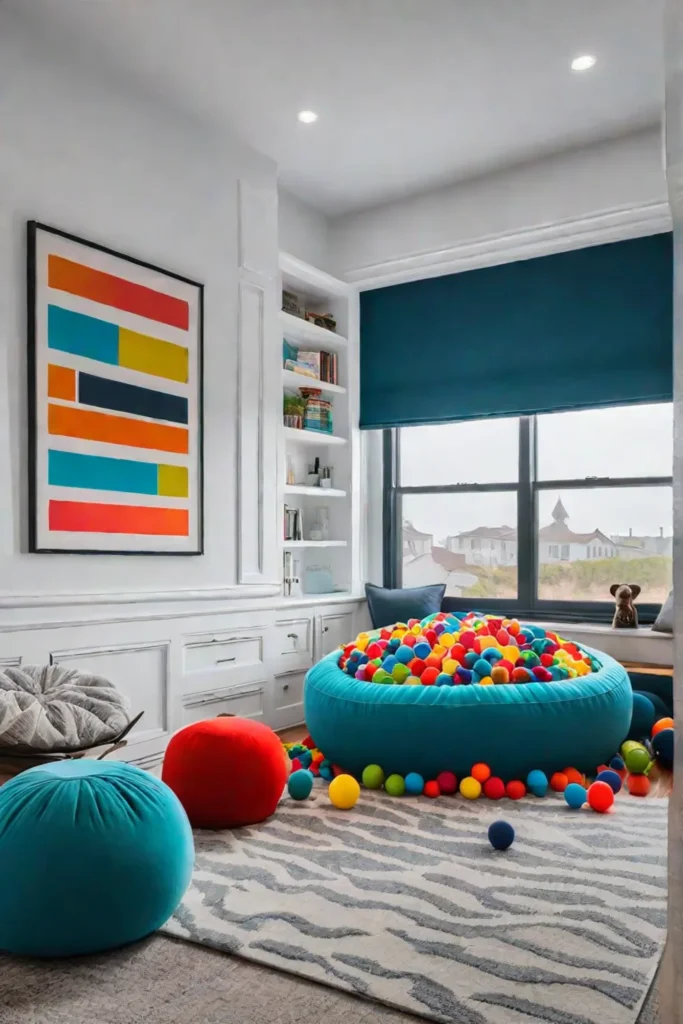
Incorporating a ball pit into your playroom provides endless hours of fun and offers valuable sensory stimulation and physical development. As your child immerses themselves in the colorful balls, they’ll engage their tactile senses, improve their balance and coordination, and experience the calming effects of sensory play.
When creating your DIY ball pit, consider the following elements:
- Container or Enclosure: Repurpose a large storage bin or kiddie pool, or even construct a custom frame for the ball pit’s enclosure. Ensure the container is sturdy, safe, and easy to clean.
- Ball Selection: Choose soft, lightweight balls made from plastic or foam to ensure a safe and comfortable play experience. Consider a mix of colors and textures to add visual and tactile interest.
- Safety Features: Prioritize safety by adding padded edges and a soft landing surface, and ensure proper supervision during use. Consider incorporating a mesh cover or netting to prevent balls from spilling out and creating trip hazards.
- Interactive Elements: To enhance the ball pit experience, incorporate hidden treasures, obstacle courses, or even a ball launcher for added excitement and sensory exploration.
Picture the pure delight on your child’s face as they plunge into the vibrant sea of balls, their giggles filling the air. It’s a moment of pure sensory bliss, where the world’s weight melts away, and all that matters is the joy of play. As they navigate the colorful terrain, their senses are awakened, and their muscles are engaged, fostering physical and cognitive development in a fun and engaging way.
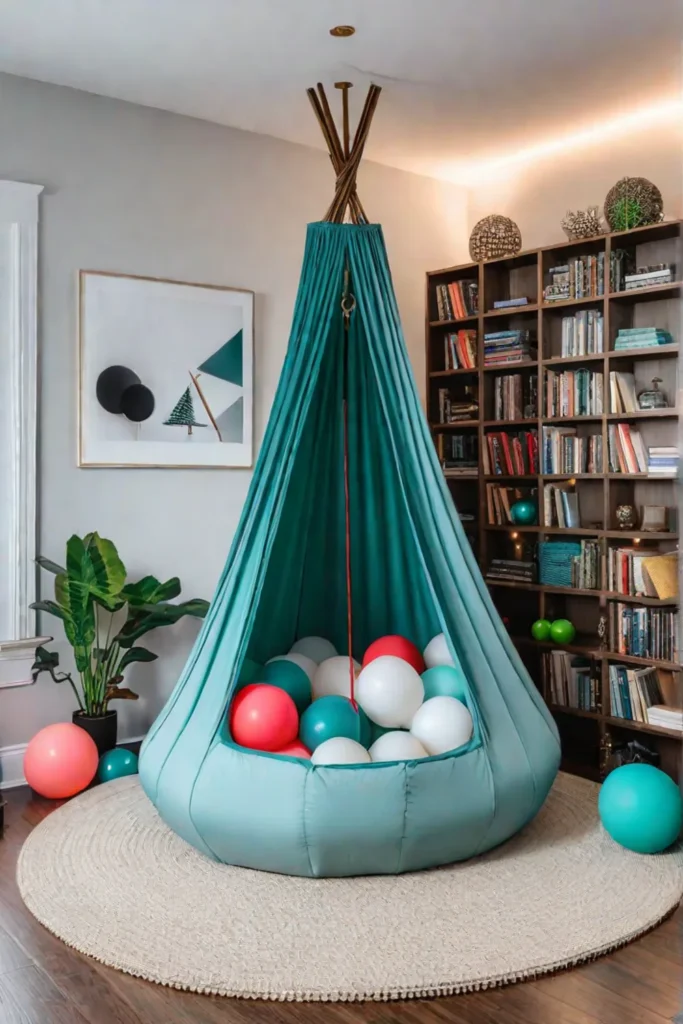
With a little ingenuity and some DIY magic, you can transform a simple space into a sensory playground that will captivate your child’s senses and provide a safe and stimulating environment for their physical and cognitive growth.
An Artistic Haven: The DIY Art Station
In every child’s heart, there lies an artist waiting to be unleashed. A dedicated DIY art station in your playroom can be the perfect canvas for your little one’s creativity to flourish, fostering self-expression, fine motor skills, and a lifelong love for the arts.

Engaging in art activities nurtures your child’s creative spirit and plays a crucial role in their cognitive and emotional development. As they explore different mediums and techniques, they’ll strengthen their problem-solving and fine motor skills and develop self-confidence and self-awareness.
When crafting your DIY art station, consider the following elements:
- Work Surface: Create a dedicated workspace by repurposing an old table, counter, or even a large piece of plywood. Choose a durable surface that can withstand the rigors of artistic exploration and is easy to clean.
- Supply Organization: Invest in storage solutions like caddies, trays, or pegboards to keep art supplies organized and within easy reach. Label and categorize supplies to encourage independence and promote organizational skills.
- Display Solutions: Incorporate display boards, clotheslines, or a dedicated gallery wall to showcase your child’s masterpieces. Celebrate their achievements and foster a sense of pride in their artistic endeavors.
- Interactive Elements: Enhance the art-making experience by incorporating interactive elements like a chalkboard or magnetic board for doodling and experimenting with different mediums.
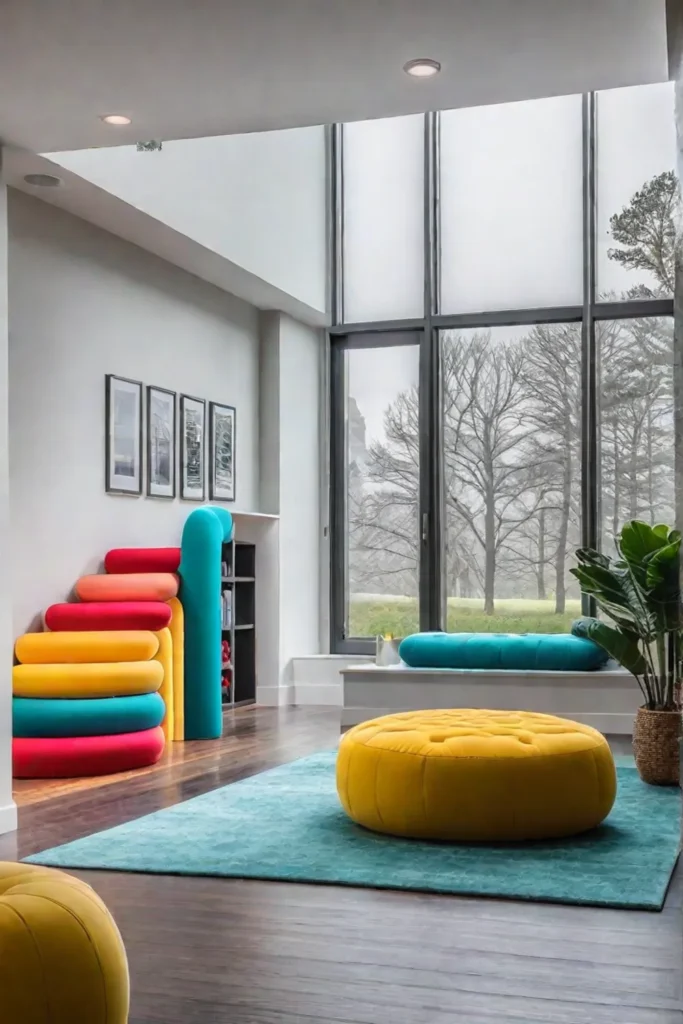
Imagine the pure joy on your child’s face as they unleash their inner artist, their brushstrokes dancing across the canvas with unbridled creativity. The art station becomes their sanctuary, a place where self-expression reigns supreme, and every masterpiece is a testament to their unique perspective on the world. It’s a moment that celebrates their individuality and fosters a lifelong love for the arts.
With a little creativity and some DIY magic, you can transform a simple corner into an artistic haven that will nurture your child’s creative spirit and foster their cognitive, emotional, and fine motor development, one masterpiece at a time.
Conclusion
This article explores five enchanting DIY playroom projects that promise to ignite your child’s imagination, foster their development, and create cherished memories for years. From cozy reading nooks to daring climbing walls, whimsical puppet theaters, sensory-rich ball pits, and artistic havens, each project offers a unique opportunity to engage your child’s senses, nurture their skills, and cultivate a love for learning and exploration.
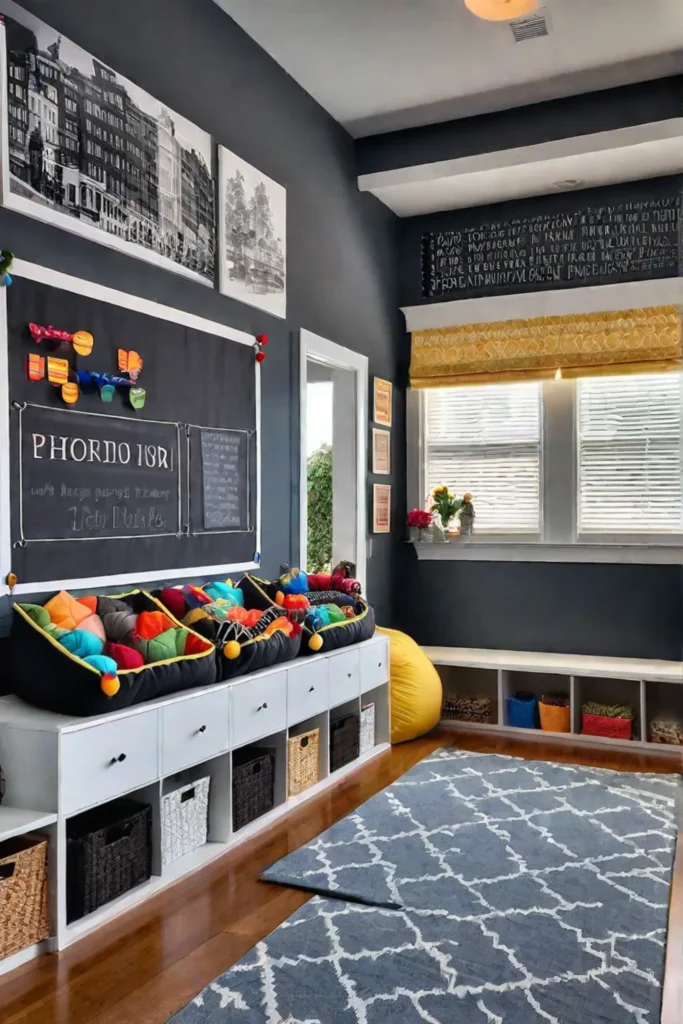
As you embark on these DIY adventures, remember that the true magic lies in the finished projects and the journey itself. Creating, building, and designing alongside your child will strengthen your bond, foster teamwork, and instill a sense of accomplishment that will resonate long after the last brushstroke or the final curtain call.
So, embrace the power of DIY, let your creativity run wild, and transform your playroom into a realm where imagination knows no bounds, for it is in these whimsical spaces that your child’s love for learning, exploration, and self-expression will take root, blossoming into a lifelong passion that will shape their journey through the wonders of childhood and beyond.
Unleash the boundless potential of your child’s creativity, one DIY project at a time, and watch as their world becomes a canvas of endless possibilities.
